In IT operations, especially support-focused functions like the NOC, few metrics are as widely cited yet as frequently misunderstood as the family of MTTx measurements.
When evaluating the performance of your support function or considering working with a third-party provider, these metrics are critical indicators of operational effectiveness — not just in maintaining uptime, but in how quickly and effectively your team can respond when things inevitably go wrong.
Having spent over 25 years in the network operations field, I've observed that while many teams claim to track at least some of metrics, many are either measuring them incorrectly or failing to extract meaningful insights from the data they collect.
Let's demystify these crucial metrics and explore why they matter so much to your business.
Understanding the MTTx Family
The "MTTx" metrics family consists of several key measurements that, when properly tracked and analyzed, provide invaluable insights into your network operations performance:
Mean Time to Respond/Acknowledge (MTTR/MTTA)
This metric measures the average time between when an incident is detected (via alarm, user report, etc.) and when it's acknowledged by your support team. While seemingly simple, MTTA is a powerful indicator of your NOC's initial responsiveness.
A low MTTA indicates that your NOC is quickly recognizing issues and beginning the resolution process. For critical incidents, every minute counts—this is often the first metric to deteriorate when your support team is understaffed or overwhelmed.
Mean Time to Impact Assessment (TTIA)
Though not always included in standard MTTx discussions, Time to Impact Assessment is arguably one of the most revealing metrics in modern NOC operations. TTIA measures how long it takes your team to determine what services are affected by an incident and communicate this information to stakeholders.
This metric sets truly exceptional NOC providers apart from adequate ones. A sophisticated NOC with proper CMDB integration and operational maturity can deliver extremely accurate impact assessments within minutes, allowing teams to make informed decisions about activating contingency plans or notifying end users.
Mean Time to Restore (MTTR)
While this acronym is shared with "respond," Mean Time to Restore is entirely different. It measures the average time it takes to get a downed service back up and running following a performance issue or downtime incident.This metric is particularly important because it focuses on service restoration rather than full issue resolution. In many cases, skilled NOC teams can implement workarounds or leverage redundant systems to restore service quickly, even before the underlying issue is fully addressed.Mean Time to Resolution (MTTR)
This is perhaps the most commonly cited metric, measuring the average time between incident detection and complete resolution. This is the metric most closely tied to actual downtime and its associated costs.
It's crucial to understand that resolution time isn't solely a reflection of your NOC team's capabilities. It's influenced by numerous factors including:
- Complexity of your infrastructure
- Availability of documentation
- Quality of monitoring and diagnostic tools
- Incident prioritization mechanisms
- Escalation procedures
- Third-party dependencies
Mean Time Between Failures (MTBF)
MTBF measures the average time between system failures or incidents. While the other metrics focus on response and resolution, MTBF provides insight into the overall reliability of your infrastructure.A high MTBF indicates a stable environment, while a declining MTBF may signal growing instability, inadequate change management, or underlying issues that require attention.
Mean Time to Failure (MTTF)
MTTF measures the average lifespan of a system or component before it fails. This is particularly useful for hardware components or systems that aren't repaired but replaced.
Why These Metrics Matter
These technical measurements directly translate to business impact in several ways. The first and maybe most obvious is service level management. These metrics form the foundation of meaningful SLAs with both your customers and your service providers. Without accurate measurement, SLAs become little more than wishful thinking.
The second factor is cost. Every minute of downtime has associated costs—both direct (lost revenue, recovery expenses) and indirect (reputation damage, customer dissatisfaction). By focusing on optimizing your MTTx metrics, you're directly addressing the financial impact of outages.
Resource optimization is another factor. Proper measurement of these metrics helps identify where your IT resources are being allocated and where bottlenecks exist. This allows for more strategic staffing and tool investment decisions. This ties in directly to continuous improvement—the hallmark of a mature support operation. Trend analysis of these metrics over time provides insight into whether your operational capabilities are improving or degrading, allowing for proactive adjustments.
The “Selective Ticketing” Problem
One of the most common issues we see across organizations is what we call "selective ticketing"—only creating tickets for big, obvious issues and letting smaller ones go unticketed and, therefore, untracked. This practice severely skews your MTTR measurements and prevents you from seeing the true picture of your network's performance.
For example, if you have ten 5-minute outages and one 1-hour outage, but only ticket the larger one, your MTTR looks like it's an hour. But if you're tracking everything, your actual MTTR is closer to 6 minutes. That's a massive difference that misrepresents your actual performance.
We see this discrepancy lead to several problems:
- Inaccurate performance metrics that don't actually reflect your network's true stability.
- Missed patterns where small, recurring issues might indicate larger underlying problems.
- SLA violations where you're promising better uptime than you're actually delivering.
We've seen this firsthand with clients who come to us saying they have, for instance, about 20 incidents a month. Once we implement comprehensive ticketing, that number often jumps to 50 or more. It's not that their network suddenly got worse—we're just capturing everything that was already happening.
Measuring MTTx Metrics Accurately
Another problem we encounter is teams claiming to measure these metrics, but executing measurement incorrectly. This is a particularly insidious problem since it can quietly lead teams to overstate their performance when, in fact, the reality is much worse.
To get accurate measurements, you need to:
2. Automate your ticketing (appropriately). This ensures you're capturing start and end times accurately, down to the second. Manual time entry leads to rounding and inaccurate data.
3. Implement auto-resolve for quickly clearing issues. Many brief outages resolve themselves without intervention. Automated systems can log these and close them out, giving you a true picture of your network's stability without creating extra work for your team. This is obviously easier said than done, which is why teams opt to inherit our automations through third-party NOC support rather than take on massive CAPEX to build such a capability in-house.
4. Distinguish between time components. Break down your incident times by responsible party—how much time was spent by your NOC actively working the issue versus waiting for third-party carriers or vendor responses. This provides much more actionable intelligence than an aggregate number.
5. Measure the full incident lifecycle. Don't just measure from when a ticket was opened to when it was closed. Measure from the first alarm to the final clear. This gives you the full picture of the incident's impact.
How INOC Approaches MTTx Metrics
We've developed and refined a comprehensive approach to measuring and optimizing these critical metrics based on over two decades of NOC operations experience.
Sophisticated measurement framework
Our Ops 3.0 platform goes beyond basic ticketing system calculations. We track multiple time segments within each incident:
- Time to Notify (TTN): How quickly we alert appropriate stakeholders of an issue.
- Time to Impact Assessment (TTIA): How quickly we determine what's affected.
- Mean Time to Action (MTTA): How quickly we begin meaningful remediation steps.
- Mean Time to Restore (MTTR): How quickly service is restored for end users.
- Mean Time to Resolve (MTTR): Total time to complete resolution.
Responsibility-based analysis
Perhaps most importantly, we break down resolution time by responsible party. This allows us to distinguish between:
- Time spent by INOC engineers actively working the issue.
- Time waiting for third-party providers (carriers, vendors, etc.).
- Time waiting for client input or authorization.
- Time spent in scheduled maintenance windows.
This granular breakdown gives us unprecedented visibility into exactly where delays occur in the resolution process. Rather than simply reporting that an incident took four hours to resolve, we can show that our engineers identified and diagnosed the issue within minutes, but resolution required waiting for a carrier to repair a damaged circuit.
Continuous automation improvement
Our platform employs advanced AIOps capabilities to continuously improve these metrics through:
- Automated correlation: Reducing time spent manually connecting related events.
- Intelligent prioritization: Ensuring critical issues receive immediate attention.
- Automatic enrichment: Adding contextual information from our CMDB to accelerate diagnosis.
- Self-healing capabilities: Implementing automatic remediation for common issues.
- Automated incident synopsis: Using generative AI to rapidly summarize ticket history when engineers transition between shifts.
One of our key automation features is auto-resolution of short-duration incidents. If an issue clears up on its own in a matter of minutes, our system automatically resolves it while still capturing the data. This prevents unnecessary work for our engineers while ensuring we have a complete picture of network performance.
Comprehensive visual reporting
We provide clients with detailed dashboards showing not just high-level averages, but detailed breakdowns by:
- Priority level (P1, P2, P3, etc.)
- Technology domain
- Time period (hour, day, week, month)
- Responsible party
- Root cause category
This multi-dimensional view allows for meaningful analysis and targeted improvement efforts.
A Few Best Practices for Improving Your MTTx Metrics Right Now
Once you're measuring accurately, you can start improving your metrics. Here are a few high-level best practices that widely apply to just about every support operation and formalized NOC. Talk to us for more detail on how to execute on each of these improvements; we help many NOC teams optimize themselves through custom consulting engagements.
1. Standardize your runbooks
Develop clear runbooks that guide your team through common issues, ensuring consistent and efficient responses. Your runbooks should follow a logical progression, starting with the most likely and easiest solutions and progressing to more complex ones.
For effective runbooks, focus on these elements:
- Alarm-to-action guides: Document the top 20% of alarms that cause 80% of your incidents. For each alarm type, create step-by-step troubleshooting flows that any NOC engineer can follow.
- Clear decision points: Include specific criteria for escalation (e.g., "If X condition persists after Y minutes, escalate to Tier 2").
- Contact information: Include updated escalation paths and vendor contacts for each type of incident.
- Expected timeframes: Set benchmarks for how long each troubleshooting step should take to prevent engineers from spending too long on ineffective solutions.
I've seen clients reduce their MTTR by 35% simply by implementing standardized runbooks that remove ambiguity and tribal knowledge dependencies from their incident response workflows.
2. Automate where possible
Practical automation opportunities include:
- Automated data gathering: Configure your platform to automatically collect diagnostic information (logs, interface stats, configuration backups) as soon as an alarm is triggered, saving valuable troubleshooting time.
- Auto-correlation of related events: Implement rules to group related alarms into a single incident ticket rather than creating multiple tickets for symptoms of the same problem.
- Self-healing mechanisms: Identify recurring issues with known fixes (like optical amplifiers that need a laser toggle or servers requiring a specific service restart) and implement automated remediation.
- Auto-resolution: Implement logic to automatically close tickets for transient issues that clear within a defined threshold (e.g., 3-5 minutes).
3. Implement robust problem management via ITIL
Don't just fix issues as they arise; dig deep to find and address root causes. Problem management goes beyond incident response to analyze patterns and implement preventive measures.
To establish effective problem management:
- Categorize incidents precisely: Make sure your ticketing system captures meaningful metadata about each incident (affected systems, symptoms, resolution methods used).
- Conduct regular trend analysis: Schedule monthly reviews of your incident data to identify the top 5-10 recurring issues by volume and impact.
- Implement a "known error database": Document confirmed root causes and their corresponding workarounds for swift application when similar incidents occur.
- Prioritize proactive fixes: Develop a scoring system that weighs incident frequency, duration, and business impact to prioritize which problems to address first.
At INOC, we've found that a mature problem management process typically reduces total incident volume by 20-30% within six months by eliminating recurring issues at their source.
4. Invest in redundancy
While it doesn't directly improve MTTR, redundancy can significantly enhance service uptime by providing multiple paths to restore service when incidents occur.
Strategic redundancy considerations:
- Identify single points of failure: Map your infrastructure and identify components with no backup path or failover mechanism.
- Implement N+1 design where critical: For mission-critical services, ensure there's always at least one redundant component for each element in the service path.
- Test failover mechanisms regularly: Many redundancy implementations fail when needed because they haven't been thoroughly tested.
- Document recovery procedures: Even with automatic failover, ensure your NOC has clear procedures for verifying the failover was successful and validating service restoration.
Final Thoughts and Next Steps—From Measurement to Improvement
Simply measuring these metrics isn't enough. The real value comes from using them to drive continuous improvement. At INOC, we've built our entire operational framework around this principle.
Every MTTx measurement feeds into our quality assurance program, where we analyze trends, identify bottlenecks, and implement targeted improvements – whether that means refining runbooks, enhancing automation, adjusting staffing patterns, or working with vendors to improve their response times.
This data-driven approach allows us to consistently reduce restoration and resolution times year-over-year for our clients. For many clients transitioning from homegrown NOC operations to our structured approach, the immediate improvement in these metrics is striking – often showing 30-50% reductions in MTTR within the first few months.
The key insight I'd leave you with is this: you can't improve what you don't measure accurately, and you can't measure accurately without the right operational structure and tools in place. Whether you're managing your NOC in-house or evaluating outsourced options, I encourage you to look beyond basic averages and develop a more sophisticated understanding of these critical metrics. Your business depends on it.
Contact us to schedule a discovery session to learn more about inheriting our incident management capabilities and all the efficiencies we bring to NOC support workflows.
Interested in learning more about how INOC approaches NOC metrics and operations? Download our free white paper, "The NOC Improvement Playbook: 10 Common Problems We See and Solve in Our Consulting Engagements".
*Originally developed by the UK government’s Office of Government Commerce (OGC) - now known as the Cabinet Office - and currently managed and developed by AXELOS, ITIL is a framework of best practices for delivering efficient and effective support services
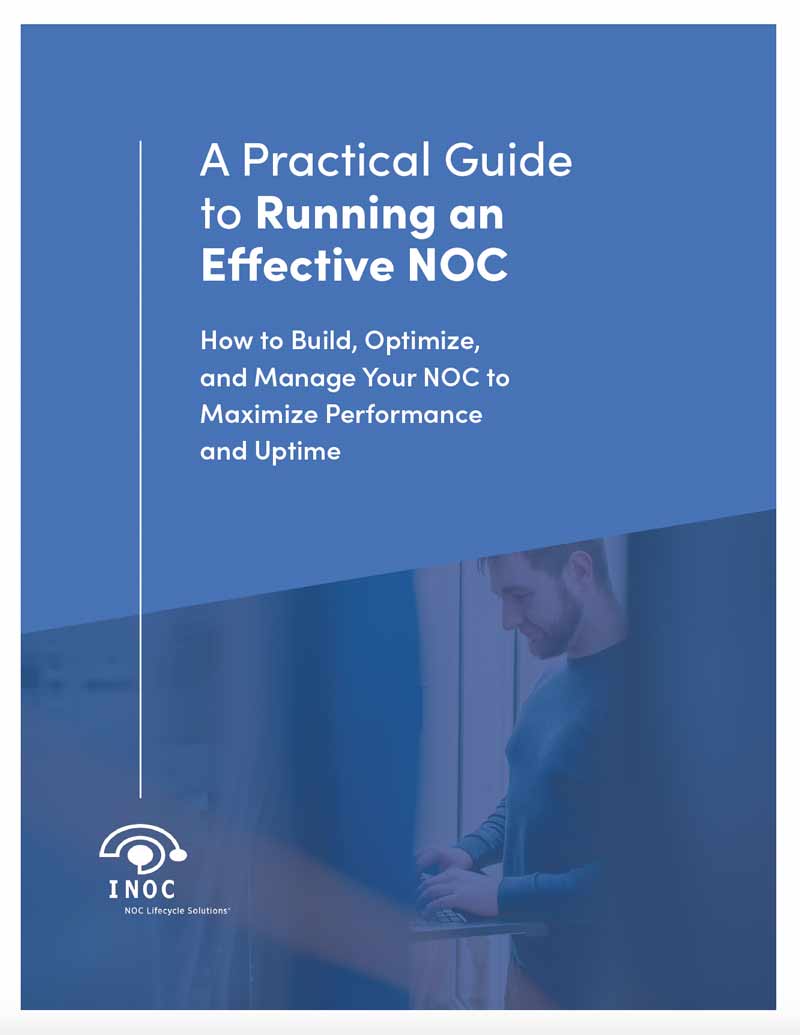
Free white paper A Practical Guide to Running an Effective NOC
Download our free white paper and learn how to build, optimize, and manage your NOC to maximize performance and uptime.






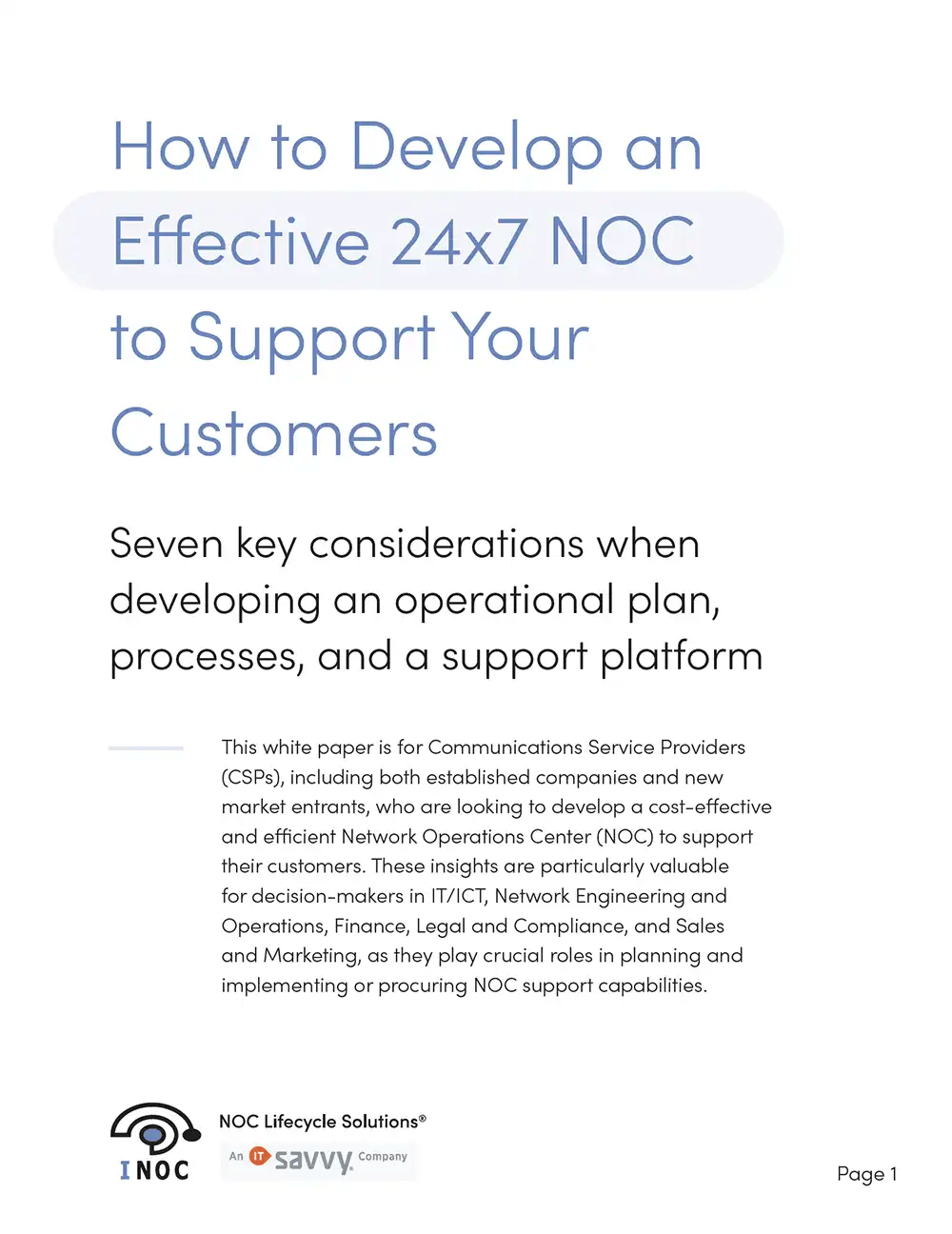

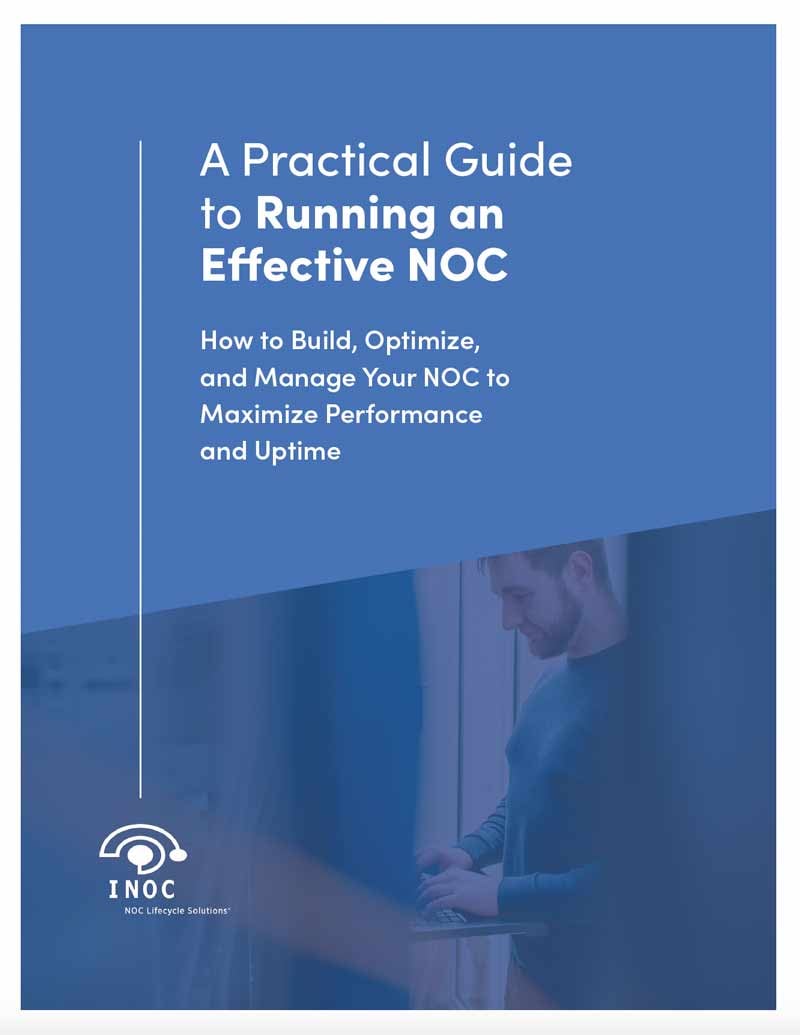
-images-0.jpg?height=2000&name=ino-WP-NOCPerformanceMetrics-01%20(1)-images-0.jpg)



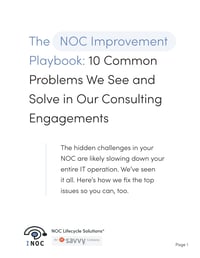
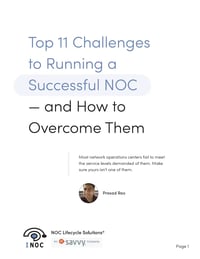
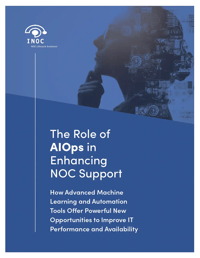
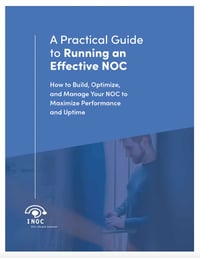
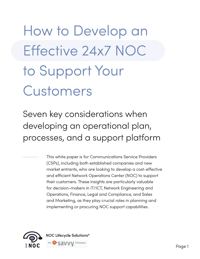
-images-0.jpg?width=200&height=259&name=ino-WP-NOCPerformanceMetrics-01%20(1)-images-0.jpg)